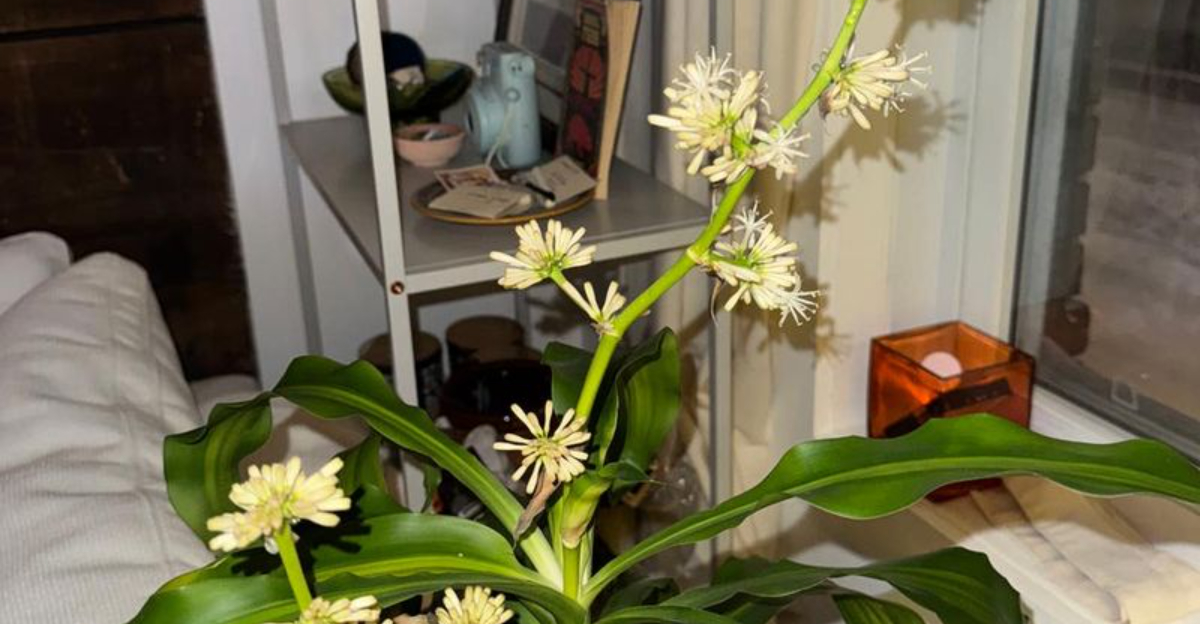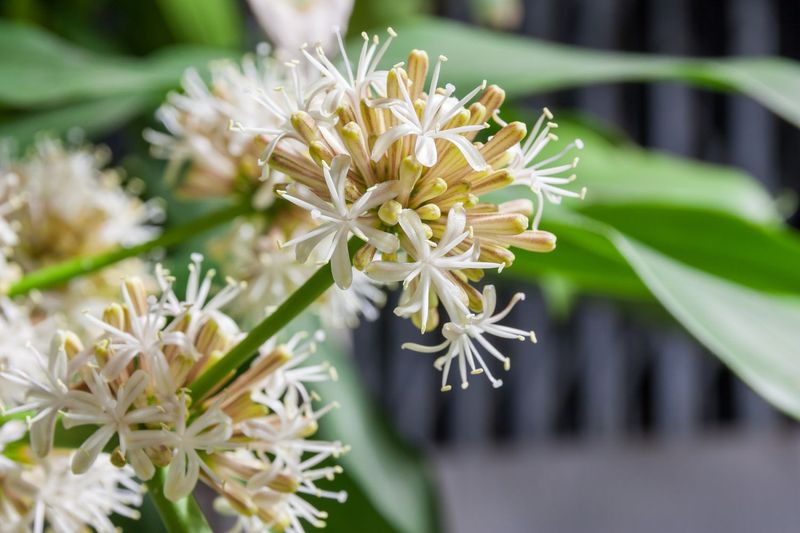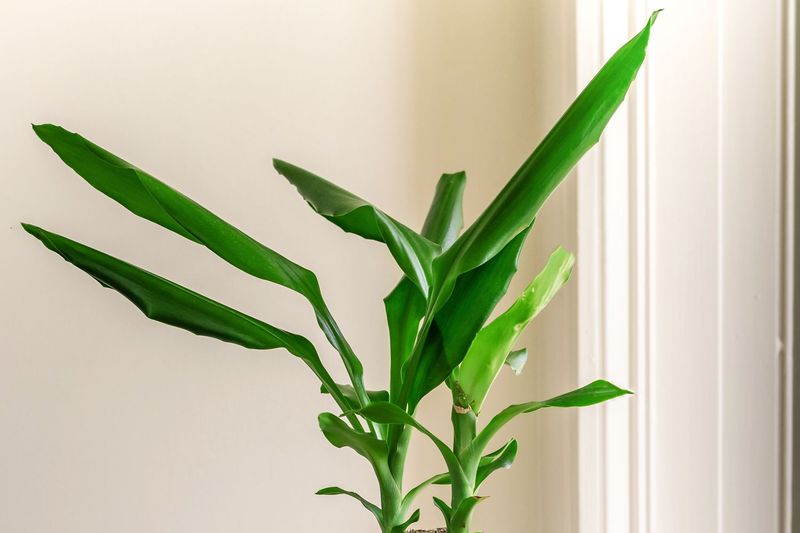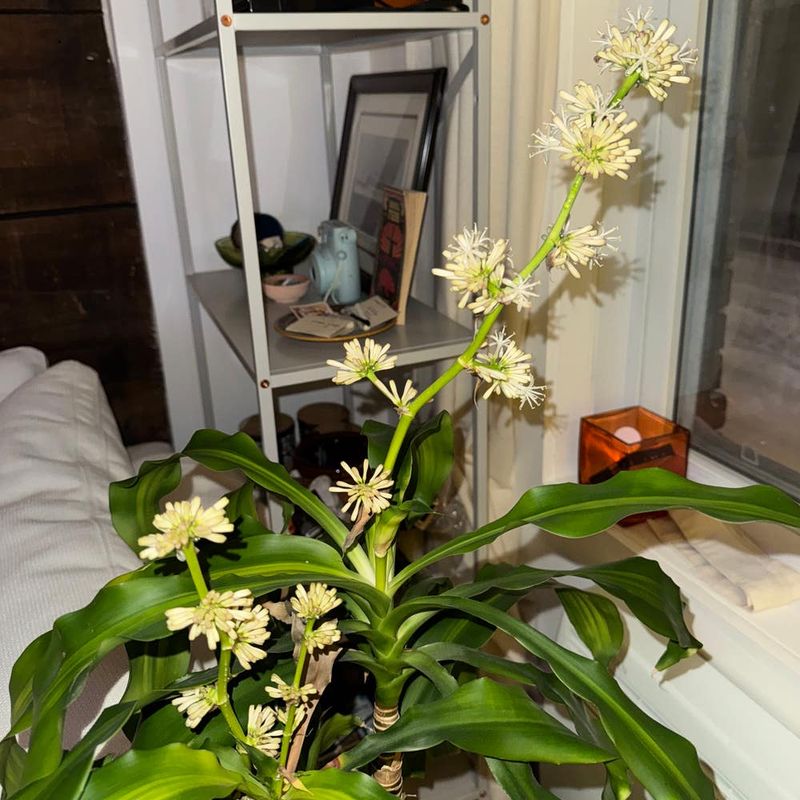Corn plants blooming can be an intriguing sight for plant enthusiasts and gardeners alike. Understanding the meaning behind this phenomenon can help you take the right steps to care for your plant.
In this blog post, we’ll explore three key aspects of corn plant blooming and what actions you should consider.
Understanding Corn Plant Blooms
When a corn plant blooms, it signals that the plant is maturing and may require some changes in care. The blossoms typically appear at the top of the plant and are small and fragrant.
Many gardeners are surprised by the appearance of these blooms, as they are not a common sight. A blooming corn plant can add a delightful fragrance and an attractive display to your indoor garden.
However, this stage also means the plant has reached a point where its growth might slow down, and it might need more specific care to thrive.
Adjusting Care for a Blooming Corn Plant
Adjusting care for a blooming corn plant involves monitoring its watering schedule and light exposure. With blooms, the plant may require more water, but avoid overwatering, as this could lead to root rot.
Ensure the plant is receiving enough indirect sunlight to support its growth. This stage might also be a good time to check for any pests that could affect the plant’s health.
Fertilization can be adjusted at this time, using a balanced fertilizer every couple of months to maintain the plant’s vigor.
What to Do if Your Corn Plant Stops Blooming
If your corn plant stops blooming, don’t worry. It’s a natural process, and there are steps you can take to encourage new blooms.
First, evaluate its environment. Is it receiving enough light? Sometimes, a little more indirect sunlight can stimulate blooming.
Consider repotting the plant if it’s been in the same soil for a while, as fresh soil may provide new nutrients. Regularly check the leaves for signs of stress, which can also affect blooming. With patience, your corn plant can bloom again, adding beauty to your space.



